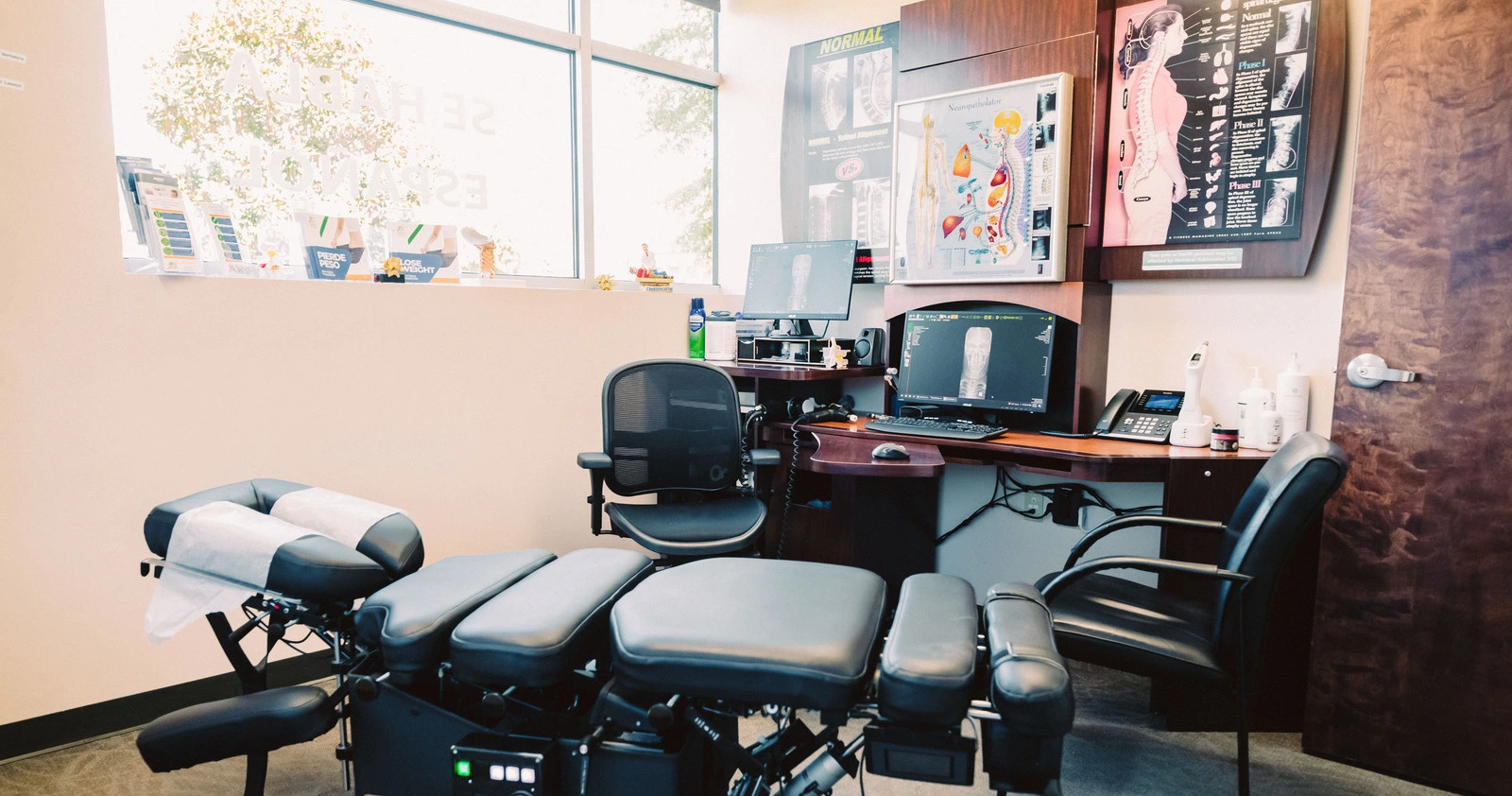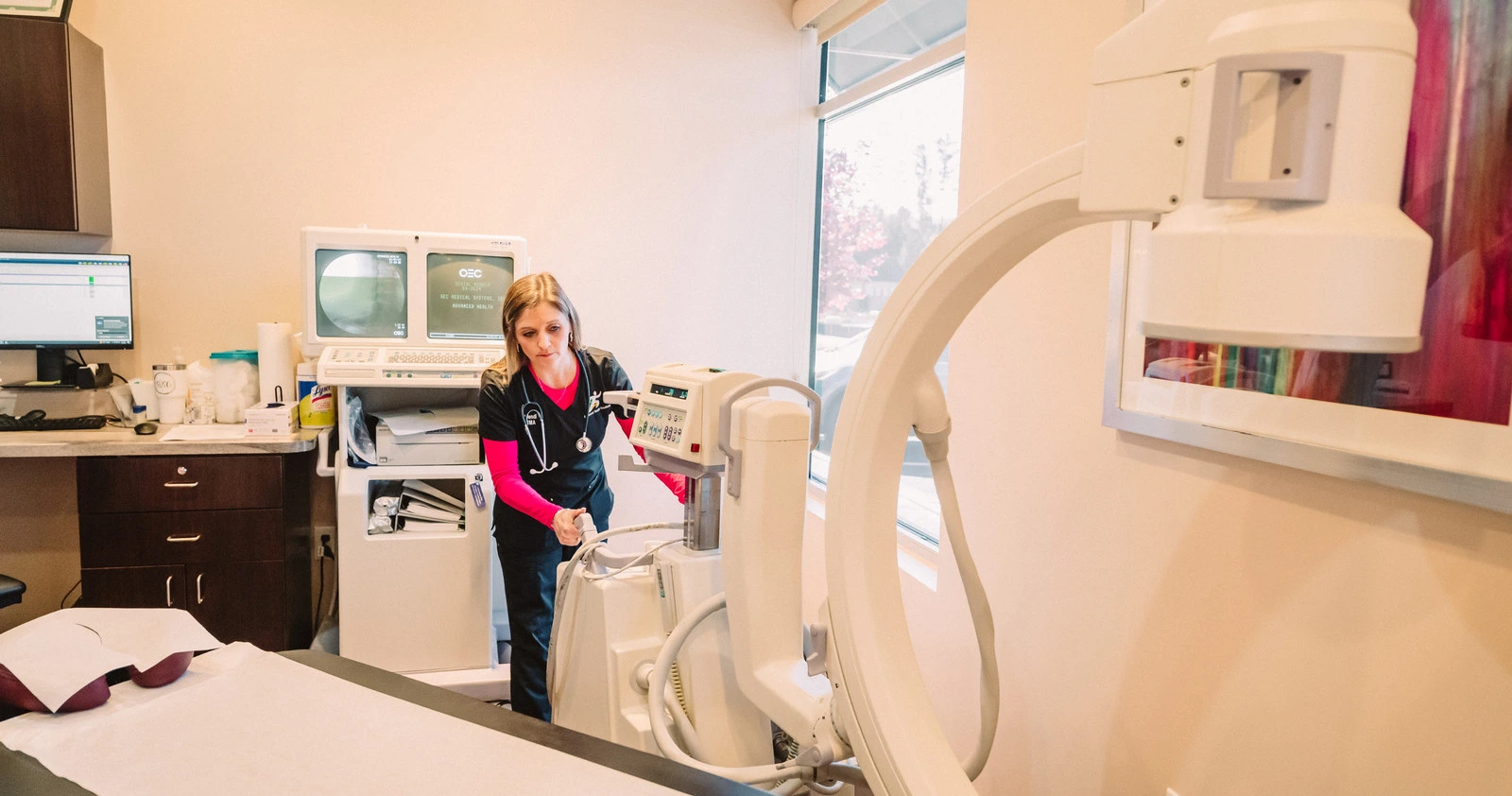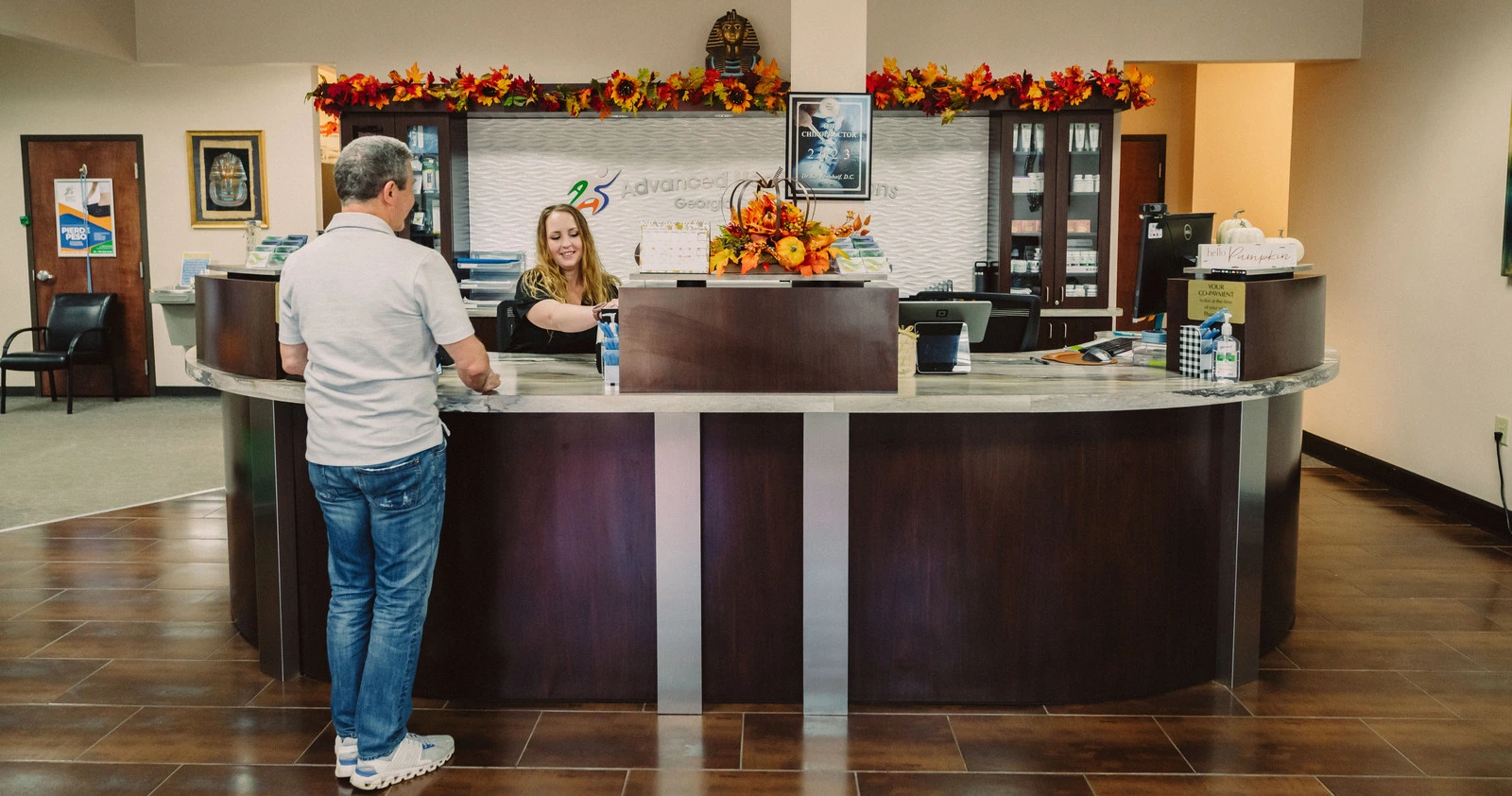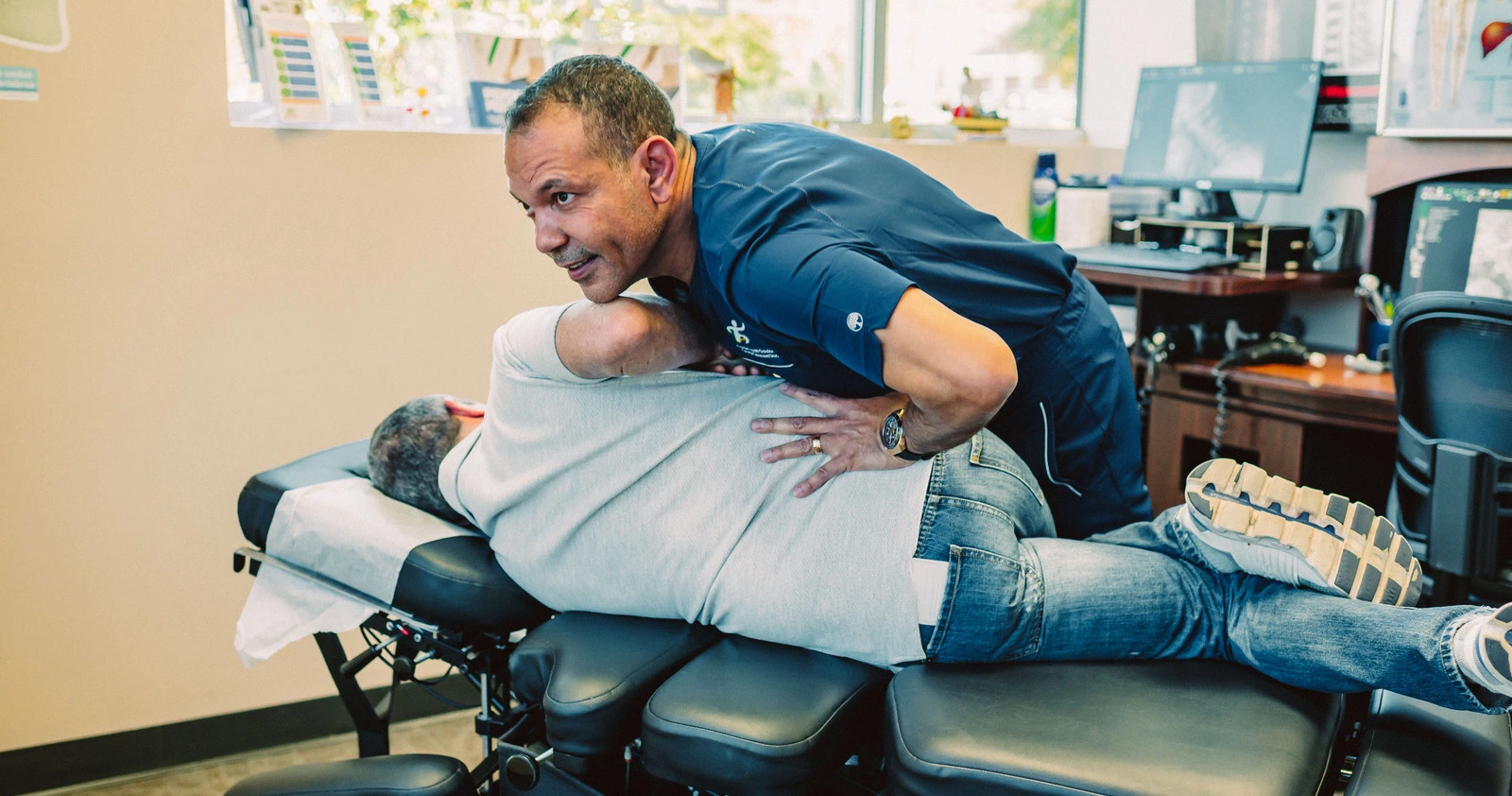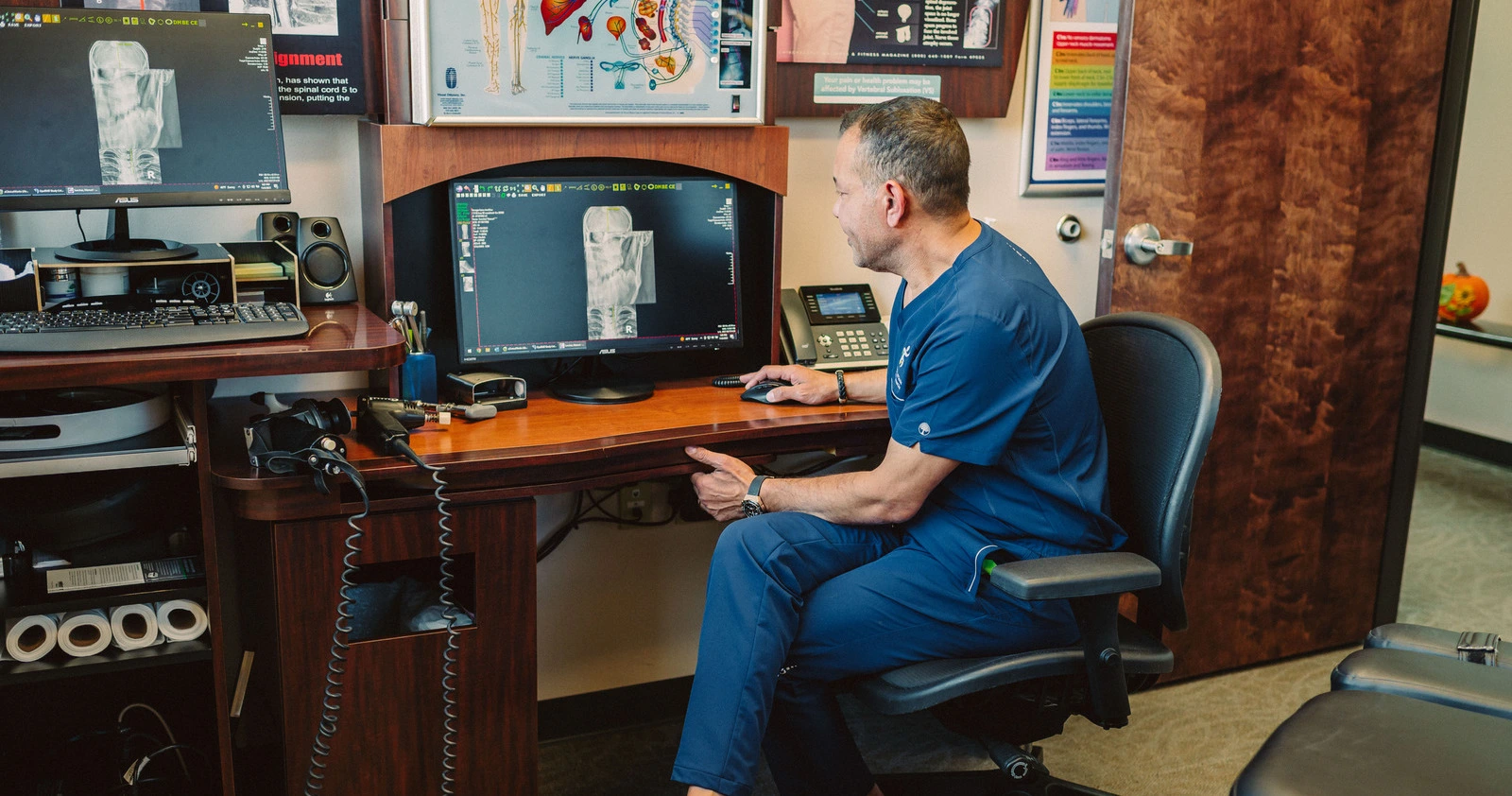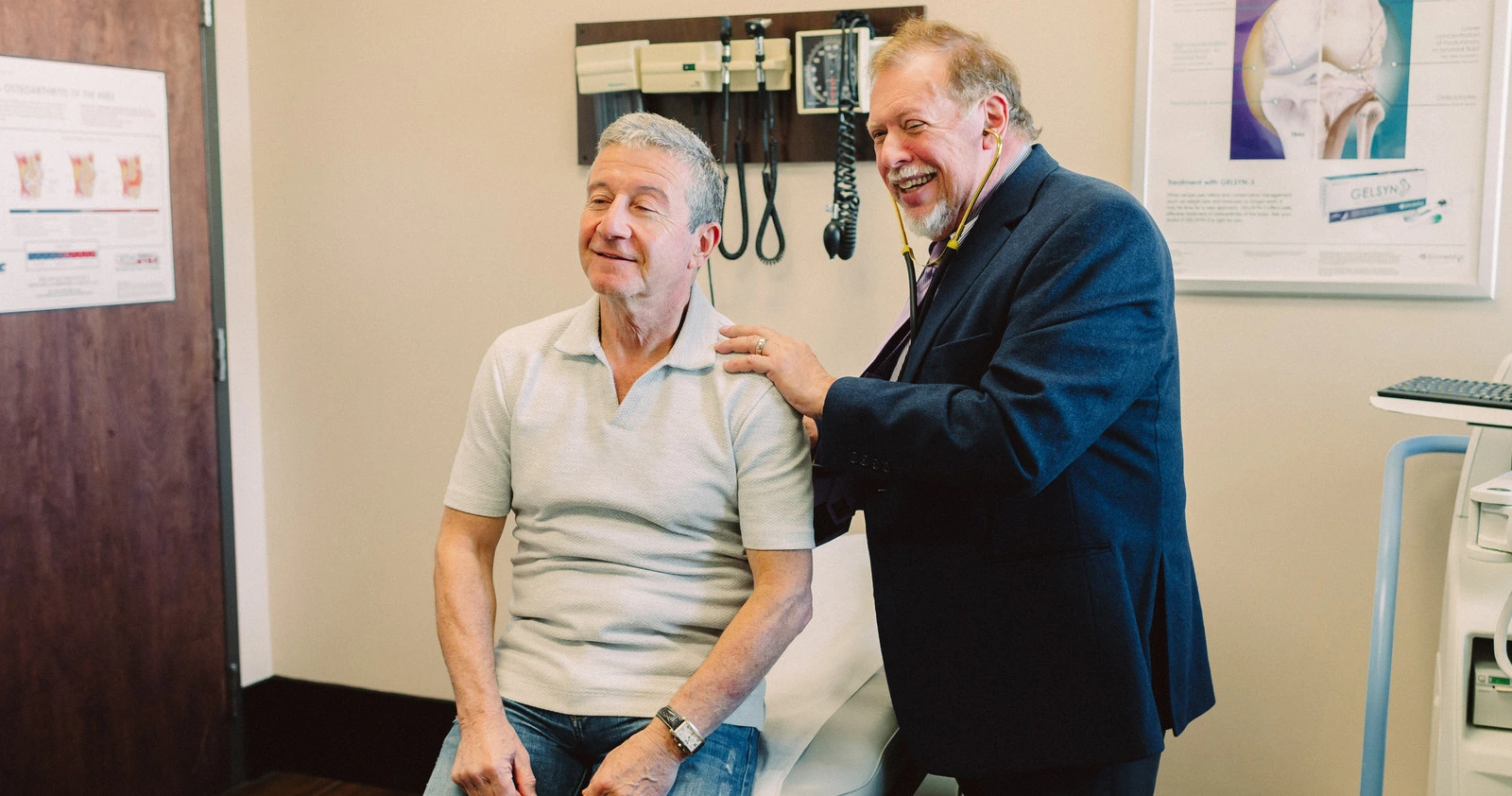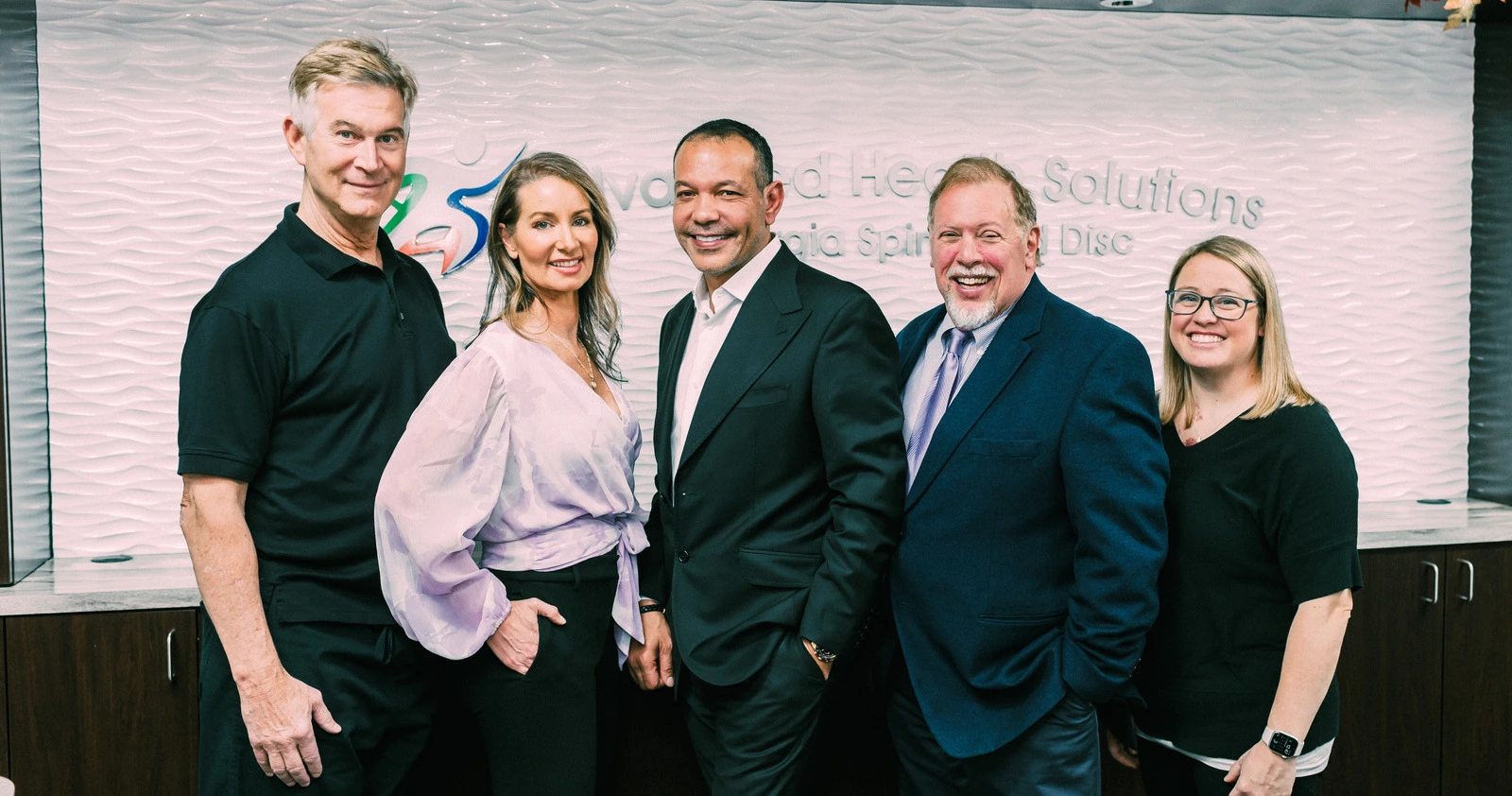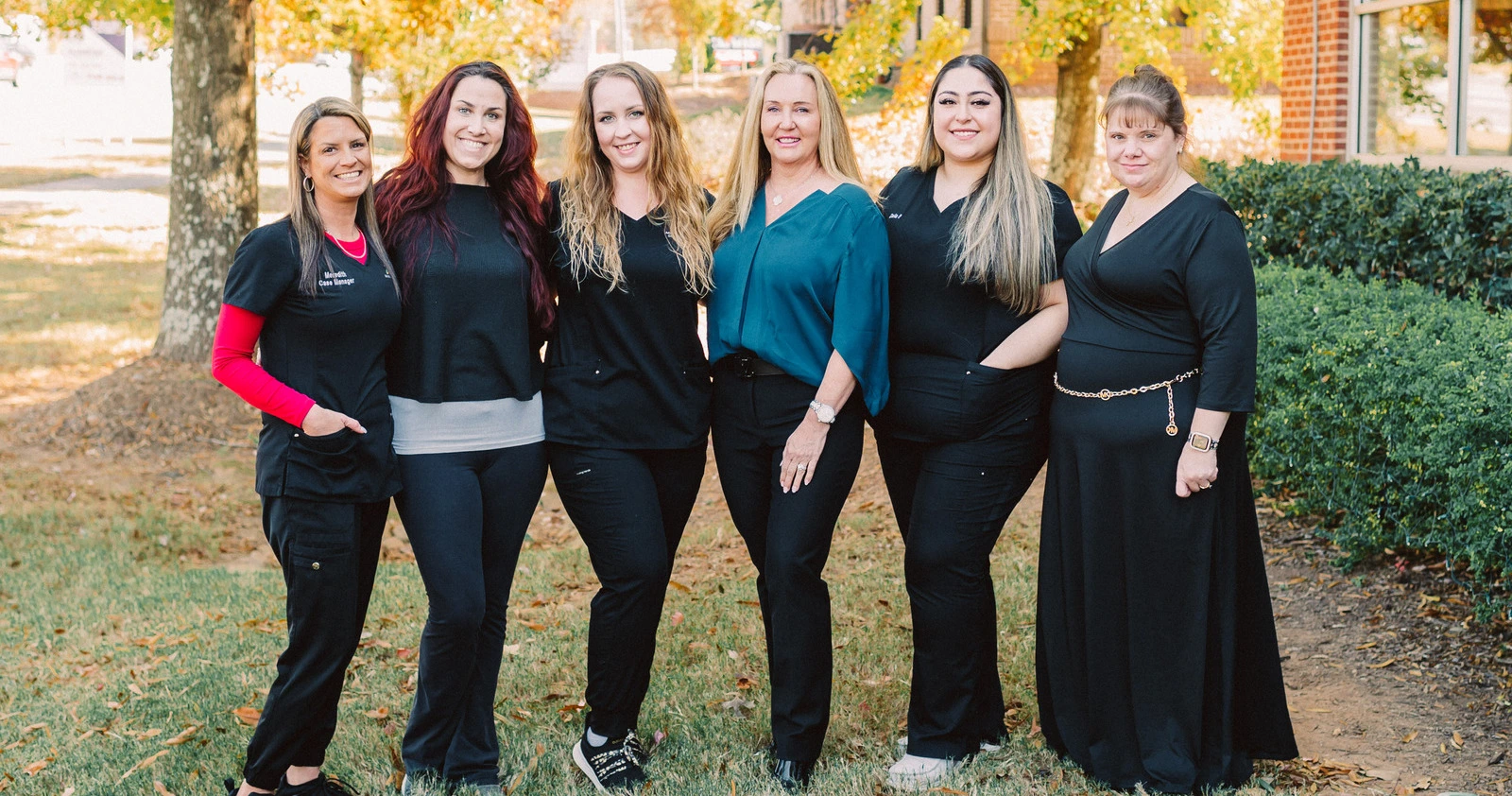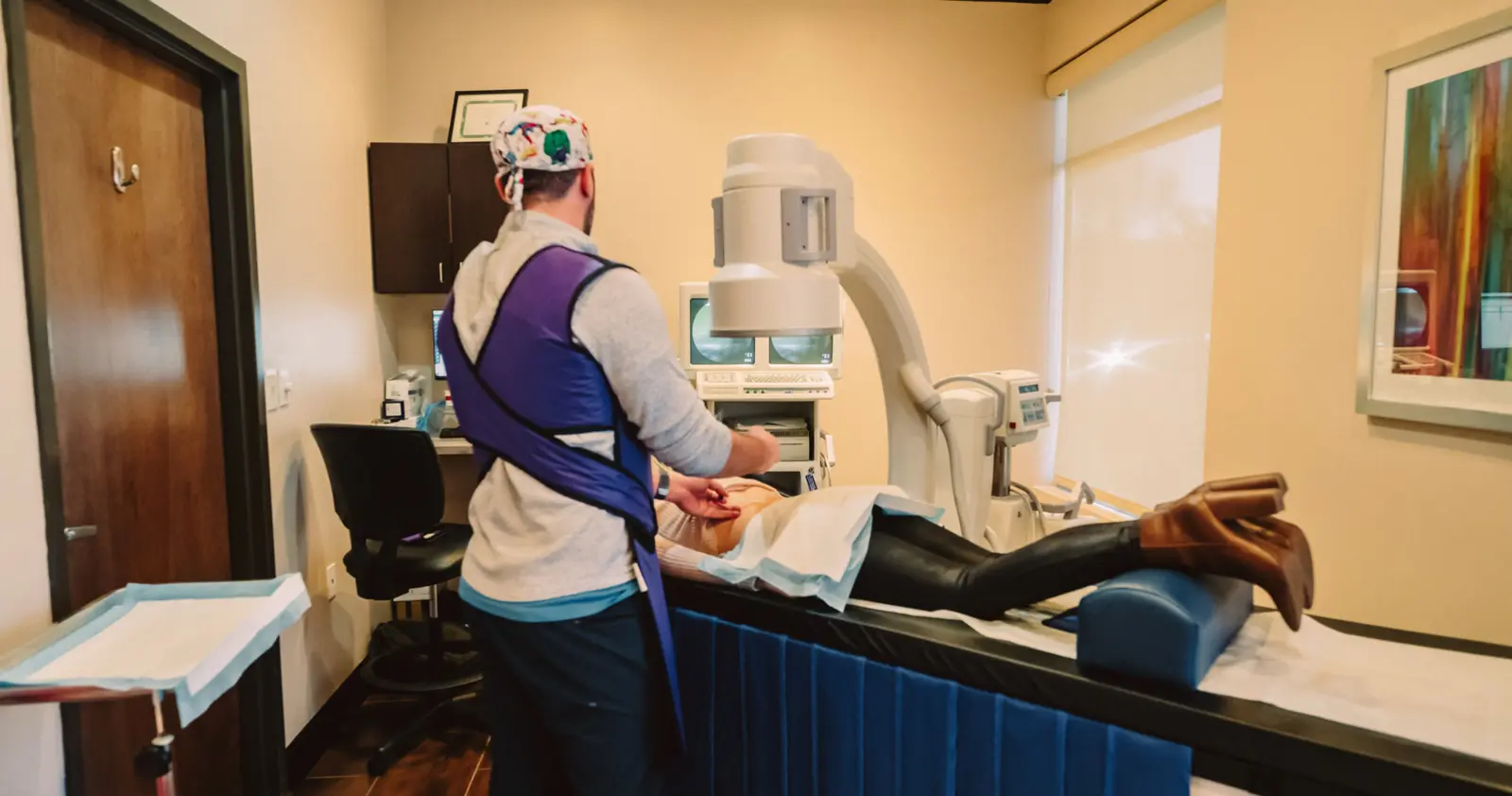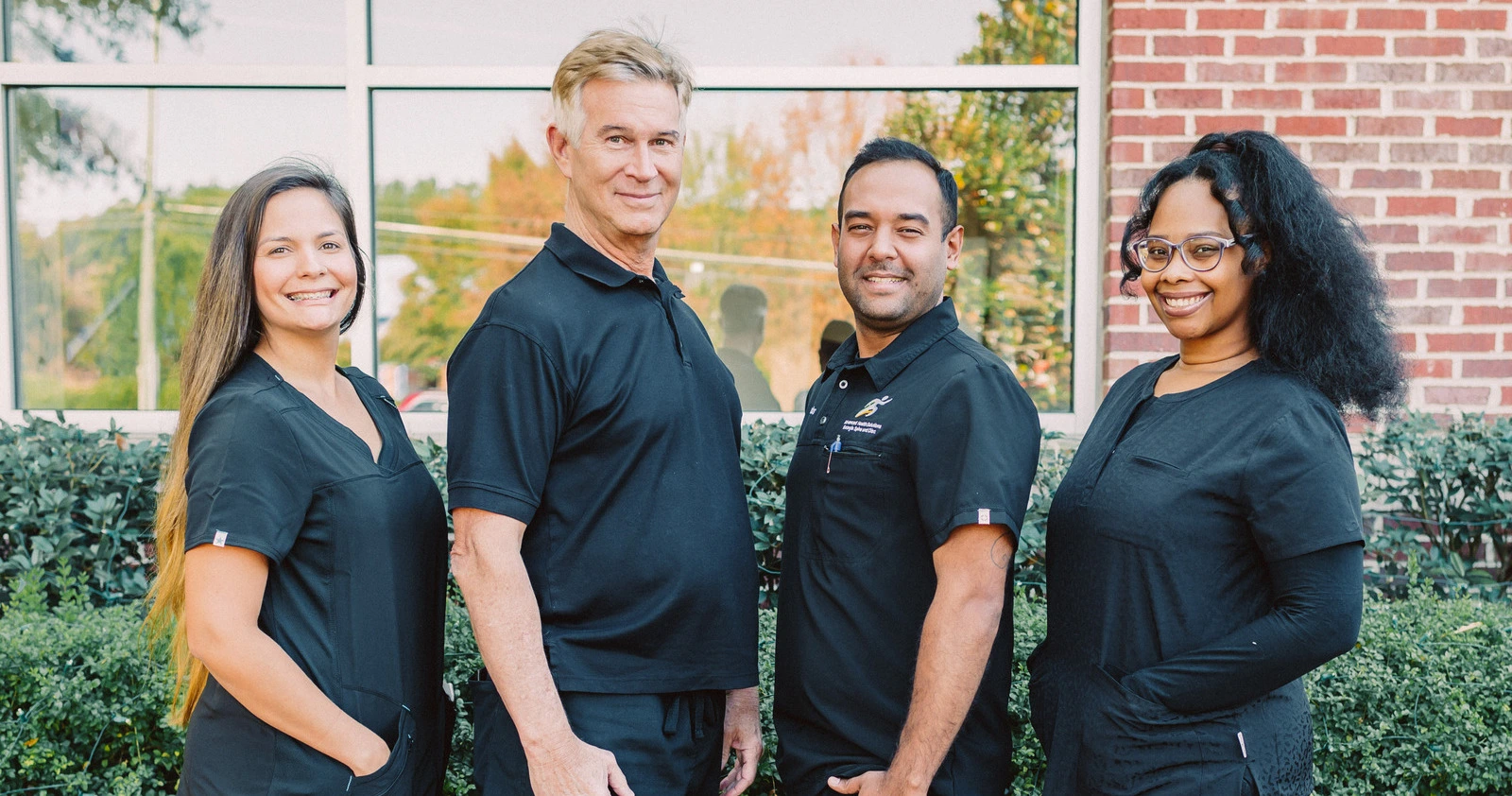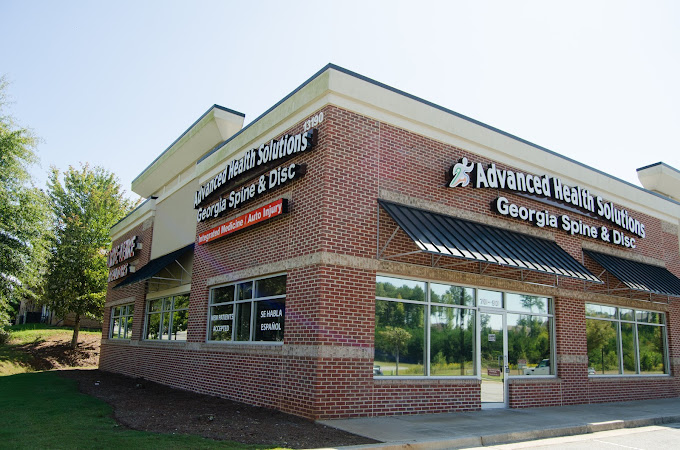
Osteoarthritis Treatment Woodstock
Osteoarthritis (OA) is the most common form of arthritis, affecting millions of people worldwide. It’s the most common chronic joint condition. OA is also called wear-and-tear arthritis, degenerative arthritis, and degenerative joint disease. There is no cure for osteoarthritis. But osteoarthritis treatment Woodstock can help slow or limit the breakdown of cartilage and help you reduce your pain and continue to lead an active life.
Osteoarthritis is a long-term condition that causes the gradual breakdown of soft tissue in certain joints, such as knees, hips, and fingers. It occurs when the protective cartilage that cushions the ends of the bones wears down over time.
A joint is where two bones come together. Cartilage is the protective tissue that covers the ends of the bones. With OA, this cartilage breaks down, causing the bones within the joint to rub together. This can cause pain, stiffness, and other symptoms.
Although osteoarthritis can damage any joint, the disorder most commonly affects joints in your hands, knees, hips, fingers, shoulder, and spine (typically at the neck or lower back).
Osteoarthritis symptoms can usually be managed, although the damage to joints can’t be reversed. Maintaining a healthy weight, staying active, and receiving certain treatments might slow the progression of the disease and help improve pain and joint function.
OA occurs most often in older people, although it can occur in adults of any age. OA is a leading cause of disability. The Centers for Disease Control and Prevention (CDC) says that it affects more than 32.5 million adults in the United States.
Osteoarthritis Symptoms
- Pain, swelling, and inflammation of an affected joint can sometimes occur. (Note: affected joints are not usually very swollen, red, or warm. Tell your doctor if a joint suddenly swells up or becomes red or hot. This is a symptom of osteoarthritis that more commonly occurs with other types of arthritis.)
- Joint pain, stiffness, and limitation in full movement of the joint are typical with osteoarthritis. The joints feel painful and stiff, which tends to be worse first thing in the morning. It then tends to loosen up after half an hour or so.
- Deformities of joints due to osteoarthritis are uncommon but can sometimes develop.
- A joint affected by osteoarthritis tends to look a little larger than normal. This is due to the overgrowth of the bone next to damaged cartilage.
- If you have bad osteoarthritis that affects your hip, you may have difficulty putting on shoes and socks and getting in and out of a car, and doing physical activities. In women, restricted movement of the hip can make having sex difficult and painful.
- You may have poor mobility and problems walking if a knee or hip is badly affected by osteoarthritis. This may make you more likely to have a fall and cause joint injuries.
- No symptoms may occur. Quite a number of people have X-ray changes that indicate some degree of osteoarthritis but have no, or only very mild, symptoms. The opposite can also be true. That is, you may have quite severe symptoms that affect your quality of life but with only minor changes seen on the X-ray.
Some people with osteoarthritis may develop other problems because of their symptoms. For example, pain can affect sleep for some people. Mobility problems may affect your ability to work and carry out family duties. Some people may get down or even depressed because of their pain and other symptoms.
Joints Affected Most By Osteoarthritis
Any joint can be affected by osteoarthritis (OA) but joints in the hips, knees, fingers, thumbs, and lower spine are most commonly affected. The shoulders, wrists, elbows, ankles, and toe joints are less commonly affected by osteoarthritis.
In many cases, just a few joints develop symptoms with one or two becoming the most troublesome. In some people, osteoarthritis develops in many joints.
Testing For Osteoarthritis
Your doctor can often diagnose osteoarthritis based on your age, your typical symptoms, and examination of your affected joints. Tests such as X-rays or blood tests are usually not necessary. However, sometimes your doctor may suggest X-rays or other tests if they are uncertain about the diagnosis and want to exclude other problems.
When To See A Doctor
If you have joint pain or stiffness that doesn’t go away, make an appointment with your doctor.
Osteoarthritis Treatment and Management
As mentioned earlier, there is no cure for osteoarthritis but there are a number of things that can be done to ease and manage symptoms and reduce pain. The goals of osteoarthritis treatment Woodstock should be:
- To reduce any pain and stiffness
- To help you to understand the condition and how to manage it
- To limit any joint damage
- To maintain or improve the mobility of your affected joint or joints
- To minimize any side effects from medicines used as a treatment
- To minimize any disability that may result from your OA
Your doctor may recommend a treatment plan based on:
- How bad your symptoms are
- How your symptoms affect what you can do
- How much joint damage you have
- How well other treatments have worked
Remember, something can usually be done to help. Osteoarthritis is more common as you become older but it isn’t just part of getting older. You don’t have to live with pain or disability. Various treatments may help and are discussed below.
-
Weight Control
If you are overweight, try to lose some weight, as the extra burden placed on the back, hips, and knees can increase your risk of osteoarthritis or make symptoms of osteoarthritis worse. Even a modest weight loss can make quite a difference.
-
Exercise
If possible, exercise regularly. This helps to strengthen the muscles around the joints affected by osteoarthritis to keep you fit and maintain a good range of joint movement. Swimming is ideal for most joints; however, any exercise is better than none. Many people can manage a regular walk.
-
Shoe Insoles and Other Devices
Some research trials have shown that the following may help to ease symptoms from osteoarthritis of the knee in some cases:
- Using shoe insoles
- Wearing a knee brace
- The use of a special sticky tape that pulls the kneecap inwards
These measures slightly alter the distribution of weight and pressure on the knee joint. That is why they are thought to ease symptoms in some cases. A health care professional qualified to diagnose and treat foot disorders (a podiatrist) or a physiotherapist can advise exactly how to use them for proper osteoarthritis treatment Woodstock.
Braces or supports may also be helpful for other joints affected by osteoarthritis – for example, support around the thumb for painful thumb osteoarthritis.
-
Walking Aids
If you have osteoarthritis of your hip or knee, try using a walking stick when walking. Hold it in the hand on the opposite side of the body to the affected joint. This takes some pressure off the affected joint and helps to ease symptoms in some cases.
-
Physiotherapy
Sometimes advice or treatment from a physiotherapist is helpful for osteoarthritis – for example:
- For advice on how to keep active and fit.
- For advice on which exercises to do to strengthen the muscles above the knee (quadriceps muscles) if you have osteoarthritis of the knee. Strengthening the quadriceps muscles has been shown to improve symptoms caused by OA of the knee.
- For advice on shoes, insoles, taping to the knee, knee braces, and how to use walking aids properly (to make sure you have one of the correct height).
-
Occupational Therapy
An occupational therapist may be able to help if you need aids or modifications to your home to cope with any disability caused by osteoarthritis. Special devices, such as tap turners to help with turning on a tap, may mean you can carry out tasks around the house more easily.
-
Other Therapies
- Some people have some pain relief from using hot or cold packs on the affected joint(s). This is also called thermotherapy. You can use a hot water bottle filled with either hot or cold water and apply it to the affected area. Or, special hot and cold packs that can either be cooled in the freezer or heated in a microwave, are also available.
- Some people have found that transcutaneous electrical nerve stimulator (TENS) machines help to ease pain from osteoarthritis. A TENS machine delivers small electrical pulses to the body via electrodes placed on the skin.
Medicines Used To Treat Osteoarthritis
-
Paracetamol
Paracetamol is commonly used for osteoarthritis treatment Woodstock. However, a surprising recent study found that, on its own, it provided little in the way of pain relief for this condition.
-
Anti-Inflammatory Painkillers
You may find that a topical preparation of an anti-inflammatory painkiller that you rub onto the skin over osteoarthritis-affected joints is helpful. This can be instead of, or in addition to, paracetamol tablets.
It may be particularly helpful if you have knee or hand osteoarthritis. Examples include diclofenac (topical) and ibuprofen gel. Compared to anti-inflammatory tablets, the amount of medicine that gets into the bloodstream is much less with topical preparations. There is also less risk of side effects.
Anti-inflammatory painkillers that are taken by mouth are not used as often as paracetamol. This is because there is a risk of serious side effects, particularly in older people who take them regularly. However, one of these medicines is an option if paracetamol or topical anti-inflammatories do not help.
Some people take an anti-inflammatory painkiller for short spells, perhaps for a week or two when symptoms flare up. They then return to paracetamol or topical anti-inflammatories when symptoms are not too bad.
There are many different brands of anti-inflammatory painkillers. If one does not suit, another may be fine. A commonly used anti-inflammatory medicine is ibuprofen.
Side effects may occur in some people who take anti-inflammatory painkillers:
- (i) Bleeding from the stomach is the most serious possible side effect:
- This is more of a risk if you’re aged over 65 years, or have had a duodenal or stomach ulcer, or if you’re also taking low-dose aspirin.
- Stop the medicine and see a doctor urgently if you develop indigestion, upper tummy (abdominal) pain, or if you are sick (vomit) or pass blood.
- Anti-inflammatory painkillers are often taken together with another medicine that protects the lining of the stomach.
- (ii) Some people with high blood pressure, asthma, kidney failure, and heart failure may not be able to take anti-inflammatory painkillers.
- Read the leaflet that comes with the medicine for a list of other possible side effects.
-
An Injection of Steroid Medicine
An injection directly into a joint may be another type of osteoarthritis treatment Woodstock if a joint becomes badly swollen (inflamed) due to osteoarthritis. However, there is evidence that steroid injections may be either completely ineffective or effective for just a relatively short period.
-
Codeine
Opioid medicines such as codeine are sometimes used as a pain reliever for osteoarthritis if paracetamol or topical anti-inflammatory medicines are not sufficient. However, the risks, as well as benefits of opioid medicines, need to be carefully considered, especially for elderly patients.
-
Herbal Creams and Gels
There is not a great deal of evidence from studies to show that herbal remedies are effective:
- Comfrey extract gel probably improves pain.
- Arnica gel probably improves symptoms as effectively as a gel containing a non-steroidal anti-inflammatory drug (NSAID).
- There has been no strong evidence for capsicum extract gel.
However, capsaicin gels and creams have been recommended as being effective for reducing osteoarthritis (OA) pain, especially for knee or hand osteoarthritis. Capsaicin is a herbal medicine extracted from chilli peppers.
Surgery For Osteoarthritis
Most people with osteoarthritis don’t have it badly enough to need surgery. However, OA of a joint may become severe in some cases. Some joints can be replaced with artificial joints. Hip and knee replacement surgery has become a standard treatment for severe osteoarthritis of these joints. Some other joints can also be replaced.
Joint replacement surgery has a high success rate. However, like any operation, joint replacement surgery is not without risks.
Final Thoughts
A common wrong belief is that osteoarthritis is always a progressive and serious disease. The severity of symptoms varies. In many people, osteoarthritis is mild. It does not become worse and does not make you any more disabled than expected for your age.
However, in some people, the severity of OA and the disability it causes are out of proportion with their age. One or more joints may become particularly badly affected.
Symptoms often wax and wane. Sometimes this is related to things such as the weather. Symptoms often improve in warmer months. A bad spell of symptoms may be followed by a relatively good period.
Osteoarthritis Treatment Woodstock
At Advanced Health Solutions – GA Spine & Disc, we offer high-quality, effective, and safe osteoarthritis treatment Woodstock. If you are having joint pain, stiffness, swelling, inflammation, and limitation in full movement of the joint, contact or visit our clinic today for proper diagnosis and treatment.
Call us today at (770) 926-9495 or contact us online to schedule an appointment now.


